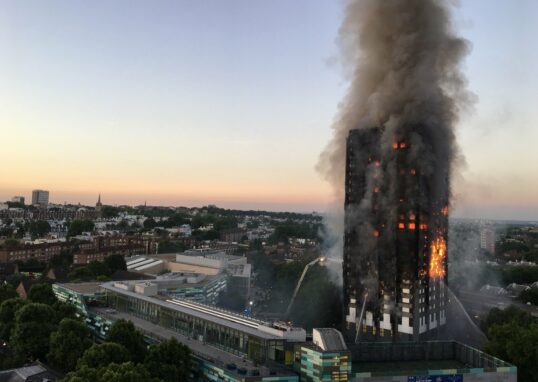Navigating the Principal Designer Role Across England and Wales: What the New Welsh Consultation Means

As the construction safety landscape continues to evolve in the wake of the Building Safety Act 2022 (BSA 2022), those of us working in construction across England and Wales must pay close attention to how new roles and responsibilities are being implemented regionally.
Personally, while I’m primarily professionally based in England, I live in Wales—and with new Welsh Government proposals now under consultation, it’s clear that appointments may soon span both sides of the border.
Principal Designer CDM (PD CDM) vs. Principal Designer Building Regulations (PD BR)
Let’s first clarify a key distinction. Under the current regulations:
- Principal Designer (CDM 2015) is a health and safety role under the Construction (Design and Management) Regulations, applying across England and Wales equally. This role is not affected by the BSA 2022 or any Welsh consultation. If you already act as a PD under CDM, nothing changes—yet.
- Principal Designer (Building Regulations) is a new legal dutyholder role under the BSA 2022. It focuses on compliance with building regulations, not health and safety per se. This role is being operationalised separately in England and now—pending consultation—in Wales.
While these two PD roles are distinct in law, their responsibilities often overlap in practice, particularly around coordinating design, managing risks, and ensuring that design intent meets regulatory requirements.
What’s Changing in Wales?
The Welsh Government consultation, open until 25 May 2025, proposes the introduction of the PD BR role through amendments to the Building Regulations 2010 (as they apply in Wales). This is part of a broader reform programme to implement the BSA 2022 within the devolved framework.
Key Elements Under Consultation in Wales
The consultation proposes major reforms across the following areas:
- Dutyholders and Competence
- Legal definition of dutyholders, including the new Principal Designer and Principal Contractor roles.
- Competency requirements aligned with CDM but tailored to building regulations.
- Golden Thread of Information
- Mandated digital records of building data to support safety throughout the building’s lifecycle.
- Gateway System
- Three-stage approval checkpoints for higher-risk buildings (planning, pre-construction, and completion).
- Change Control Procedures
- A formal process to manage major, notifiable, and recordable design and construction changes.
- Compliance and Enforcement
- New powers for local authorities to issue Compliance Notices and Stop Notices, similar to HSE enforcement powers.
- Local Authority Testing Powers
- Broader authority for local testing of materials and construction systems.
- Registered Building Control Approvers (RBCAs)
- Alignment of RBCA duties with the new dutyholder regime and approval lapse mechanisms.
- Wider Building Control Reforms
- All projects (including non-HRBs) to require a full building control approval application—not just plan submission.
- Automatic lapse of approvals after three years if work has not commenced.
- Transitional Arrangements
- A six-month lead-in period post-legislation to allow for industry readiness and training.
- Welsh Language Considerations
- Measures to support bilingual engagement, technical guidance, and public-facing materials.
Will English Experienced PD BR’s Be Recognised in Wales?
Yes—largely. If a practitioner is already performing the PD BR function in England, skills and experience will be directly relevant in Wales. However, they may need to familiarise themselves with:
- Wales-specific procedural rules (e.g., local authority roles instead of the Building Safety Regulator).
- Any future competency recognition framework introduced by the Welsh Government.
- Requirements tied to the Welsh language or devolved governance structures.
It’s worth noting that the Welsh regime is closely aligned with England’s, but not identical. Practitioners will need to demonstrate a working knowledge of both to be confidently appointed cross-border.
Why This Matters
For practitioners like me—working across jurisdictions—this consultation signals a vital shift in how building control and design roles are regulated in Wales. The introduction of a PD BR role will create new appointment opportunities, but also new responsibilities, and potentially new liabilities.
Understanding the regulatory divergence and convergence between England and Wales is no longer optional—especially as we move toward stricter accountability in higher-risk building work.
Author
admin@deaconmarriner.co.uk
Related posts

Grenfell Tower to Be Dismantled: A Necessary Step Towards Safety and Remembrance
The UK government’s confirmation to dismantle Grenfell Tower marks a poignant and necessary step forward. While the tower has stood as a...

Understanding the Principal Designer’s Role in Compliance with CDM and BSA
The role of a Principal Designer (PD) is pivotal in ensuring the success and safety of construction projects. As the construction industry...

Lessons from Tragedy – The Evolution of Building Safety Regulations
In the world of construction and safety, regulations are often shaped by the lessons learned from past tragedies. The Aberfan disaster of...
